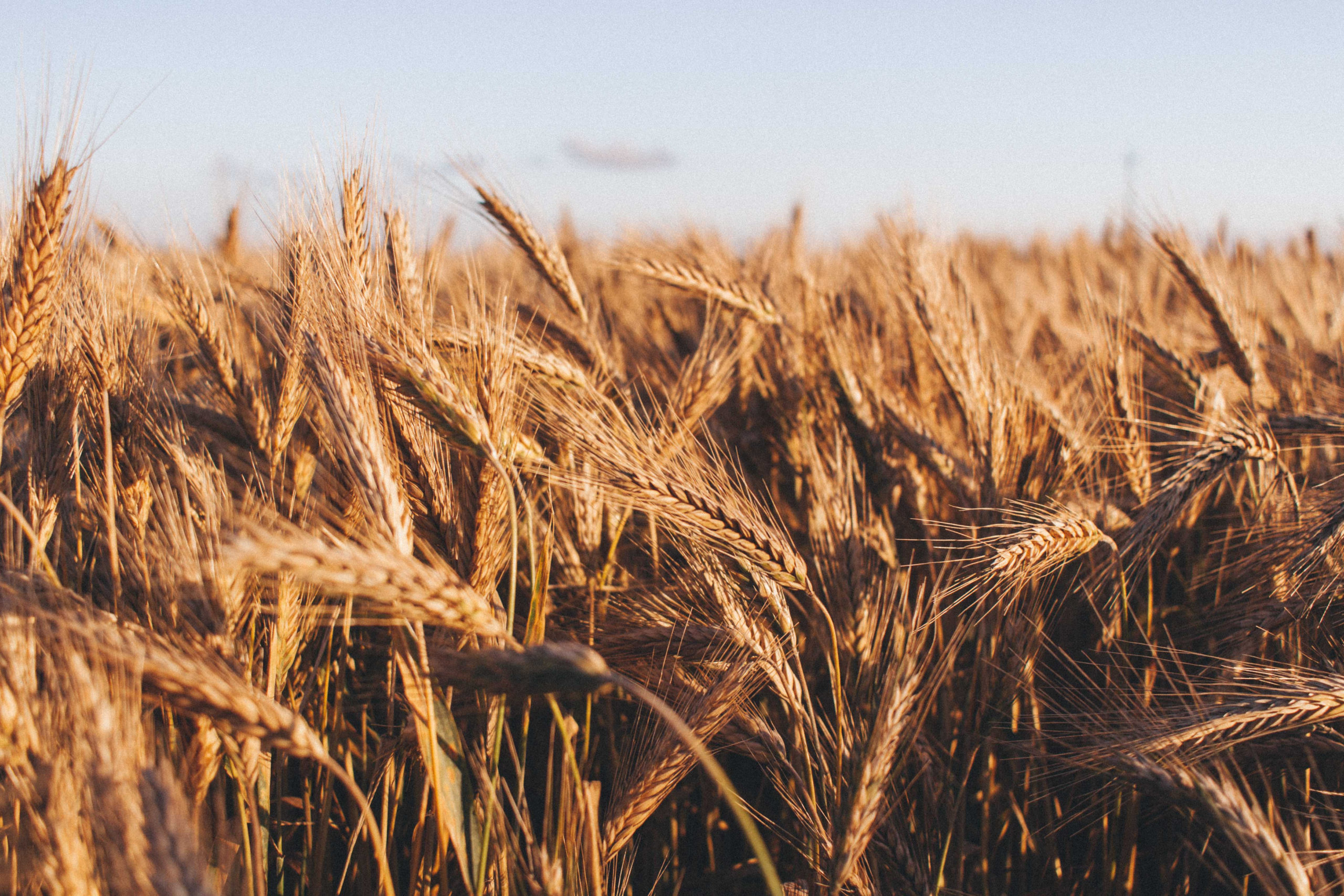The holiday season is officially upon us! This end-of-the-year time period is traditionally a challenge for maintaining healthy eating habits. It can be tempting to fall into an all or nothing mentality around the holidays: either being too restrictive with your food choices or throwing all your healthy habits out the door. So, let’s challenge ourselves to be set up for success in both enjoying our food and nourishing our bodies. It can be a balance, but we think enjoying some of our favorite comfort foods is totally okay and can fit into the context of a whole foods rich diet.
Deciding ahead of time if you have a few non-negotiable healthy habits (even non-food related ones like drinking enough water or getting enough sleep) you want to stick to this time of year is important and can give you some much needed flexibility as well when it comes to enjoying the holidays. Spend some time thinking about a couple of things you can do to prioritize your health this holiday season, then think about a few ways you plan to enjoy some of your favorite foods with intentionality. Avoiding that all or nothing mentality and finding a middle ground will help you navigate the holidays with ease.
Of course we are all for enjoying the real thing! You don’t HAVE to skip the mashed potatoes and have whipped cauliflower instead. But, if you struggle with eating mindfully or with balance around the holidays, learning a few tricks to give your favorite foods a nutrient boost might be helpful for you!
Hack #1: Add vegetables!
When you look at a recipe, the first thought should be to try to find a way to throw in some extra in-season vegetables. This usually is not too hard in comfort foods, because there are lots of other flavors and textures going on, so added veggies will just be in the background, and you’ll get to enjoy all of the nutritious benefits they provide without too big of a change in expectations.
- If your recipe already includes vegetables, for example a soup or stew, start by doubling the amount of vegetables that are called for in the recipe, or challenge yourself to try adding 1 more vegetable to the dish. Have a minestrone soup you love? Add some green beans!
- To any soup or stew, stir in a big bunch of leafy greens as the final step. Spinach or kale will wilt and soften and add beautiful, fresh color to your meal, as well as fill you up with fiber.
- If you are making a dish that requires boiling pasta or potatoes, add some broccoli or cauliflower to the pot with your starch. This will save time on prep and will help the flavors mesh together. Try this out with your favorite macaroni and cheese recipe!
Hack #2: Avoid Industrial Vegetable/Seed Oils
While it is important to remember that not all fats are bad for us, we should be aware that cooking our foods in seed or vegetable oils can contribute to inflammation.
- Instead of deep frying chicken, try breading and baking chicken breasts.
- If you love chicken wings (it is football season after all), try them broiled with a dry seasoning rub.
- Cook your foods in coconut, olive or avocado oil!
Hack #3: Reduce salt and sugar
These updates take little effort but make a big difference in the nutrition content of your recipes. Reducing the salt content means more than just decreasing the actual salt that the recipe calls for, but that’s a great place to start. Try cutting the salt in the recipe in half.
- Look for the “low sodium” or “no added salt” versions of canned beans. If there are none available, the organic versions of canned beans usually contain much less sodium. Check the label before buying or consider purchasing dry beans and cooking yourself.
- Deli meats and bacon contain very high amounts of sodium. For your sandwich fix, consider sliced turkey meat or chicken salad, and for BLTs, consider using turkey bacon.
- In order to make the shift away from salt in your cooking, try including more fresh herbs to add flavor. Use cilantro for Mexican dishes, basil and sage for Italian dishes, and if you’re roasting lean meats or vegetables, use thyme or rosemary!
- When we’re discussing main meals, it might not be obvious to consider sugar content, but check the labels of your salad dressings, BBQ sauces, even ketchup, and you may be surprised at just how much sugar is in one serving!
- Swap white table sugar in baked goods for monk fruit sweetener. Monk fruit sweetener is low glycemic, natural and can be used as a 1:1 substitute for sugar in recipes
Hack #4: Focus on Protein!
If your body is craving that full feeling that comfort food provides, protein is the sure-fire way to ensure you feel, and stay, full. It also will do so while providing nutrition benefits that carbohydrates and fats inherently do not provide.
- Swap red meat for leaner meats. Ground turkey or chicken are such simple substitutions for your favorite meatball or meatloaf recipes. Ground chicken is great for tacos or other Mexican dishes. If you still love the flavor of red meat, try reducing to use only half the amount of ground beef that the recipe calls for, and using half of another leaner meat.
- Consider plant based sources of protein.
- Cooked and pureed lentils result in the same consistency as ground meat, and with seasonings and sauces, the difference is very minimal. They work perfectly in a sloppy joe recipe.
- Beans are excellent ingredients for comfort foods. Try a black bean burger instead of a traditional hamburger. White beans are a perfect add to any winter soup or stew. Chili can be made with any kind of beans! What is your favorite way to incorporate beans into your cooking?
Hack #5: Reduce Simple Starches
Simple starches might be the base for most comfort foods, but the swaps to make them healthier alternatives are not too hard to make, and should not drastically change the flavor or texture of the dishes.
- White rice is very low in nutrients, so to increase the nutrient content of rice based dishes and casseroles, try making the simple switch to brown rice, which includes more fiber, vitamins, and minerals, or quinoa, which contains more protein. Try making a chicken, broccoli, cheddar casserole with either brown rice or quinoa!
- White potatoes also contain high amounts of carbohydrates while having very low nutrition content. Try swapping for sweet potatoes when serving baked potatoes, or in stews. Try using mashed cauliflower instead of mashed potatoes. If you’re not ready to swap entirely, using half mashed potatoes and half mashed cauliflower makes a great shepherd’s pie.
- Try swapping multigrain bread when you are craving a grilled cheese, or consider a side of a whole grain baguette with your bowl of soup.
- Another hidden source of starch is in the form of breadcrumbs. In place of traditional breadcrumbs, you can grind your own using whatever bread you like. Try using ground oats in meatloaves or meatballs, and try using ground almond meal as breading when making chicken or eggplant parmesan.
- Consider spaghetti squash or spiralized zucchini, squash, or sweet potatoes for your baked spaghetti dish. For ease, both Whole Foods and Trader Joes sell these spiralized vegetables ready to use!
- When making lasagna, leave the noodles out altogether, and layer thin strips of zucchini or squash with sauce and cheese!
- If you want to stick with boxed pasta, check out the aisle to see what is available while shopping. There are whole wheat options, as well as quinoa and even lentil pastas that are made up of good proteins that would be easy substitutions for your recipes.
Have you tried any of these healthy comfort food hacks? Do you have any other favorite tips or tricks that are not mentioned here? Let us know in the comments!



